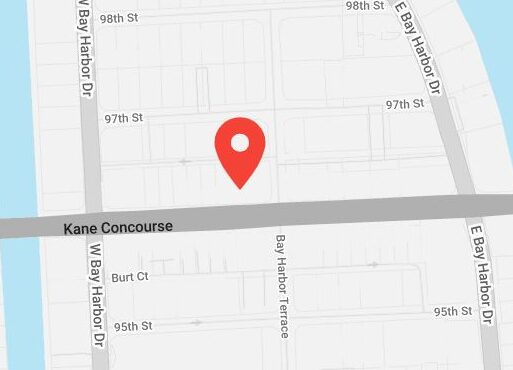Botox® Approved for Crow’s Feet: And Other Newsworthy Notes
If you think Botox® being used to treat crow’s feet is old news, you’re only half right. Though the popular wrinkle treatment has been used off-label for years to treat crow’s feet, Botox was only formally approved for this purpose by the FDA in September of this year. Botox® has been used for some time now to treat conditions such as uncontrollable eye movements, migraines, underarm sweating, overactive bladder, and even cerebral palsy, but Botox® cosmetic was previously only approved to treat frown lines between the eyebrows. Nevertheless, dermatologists and plastic surgeons have been using Botox® successfully to treat many types of facial wrinkles since it was approved for cosmetic use in 2002. Now, however, those looking to banish those pesky eye wrinkles commonly referred to as crow’s feet can do so with the FDA’s formal nod of approval.
How Does Botox® Work?
Botox®, short for botulinum toxin, works by blocking nerve impulses and reducing muscle activity at the injection site. This may sound scary, but it’s actually very effective for easing moderate to severe dynamic wrinkles on a temporary basis. The injections last between 3-4 months on average, but Botox® produces such uniformly good results, that many people are willing to come in for treatments a few times a year. Botox® is different from facial fillers as it does not actually fill in wrinkles, but rather smoothes them out by relaxing the underlying muscles.
Botox® in the News… and Social Media?
Botox’s role is always evolving, and the recent FDA approval isn’t the only headline the injection has spurred recently. Two studies that attracted a great deal of attention in recent years are still relevant. According to an annual poll of facial plastic surgeons by the American Academy of Facial Plastic and Reconstructive Surgery (AAFPRS), many people (42% of patients) turned to social media in 2011 to get information and recommendations for cosmetic treatments. It’s good news that people are researching treatments like Botox® on Facebook and Twitter, but with the wealth of information and misinformation available online, prospective patients still need to take care to analyze and filter this information. Above all, deferring to a reputable dermatologist like Dr. Diane Walder of South Florida is the safest way to get accurate information on skincare and Botox®.
According to a second study, people are not only turning to social media for information about Botox®, however. It appears that social media is influencing many people’s choice to undergo Botox® and other cosmetic procedures. The AAFPRS reported in March of 2013 that their annual poll of 752 member facial plastic surgeons found a 31% increase in requests for surgery due to photo sharing related to social media. So if those frown lines or crow’s feet are marring your “selfie”, Botox® can help.
A New Demographic for Botox®
As it is a proven treatment for smoothing facial wrinkles, younger people are now coming on board to enjoy the benefits of Botox®. However, many of these twenty something’s are turning to Botox® to prevent wrinkles, not tame them. The logic behind this movement is that if the muscles are unable to move, the wrinkles will not have a chance to form. Though this is a current trend among young people that has been much reported on this year, it is unclear as to how effective the practice is.
Botox® for a Happier You
While banishing your wrinkles, Botox® might be able to banish the blues as well, according to a study presented at the American College of Neuropsychopharmacology last year. More than a quarter of study participants (all of whom suffered from severe depression) found that their depression was nearly gone after receiving Botox® injections 3-6 weeks previously for frown lines. In contrast, only 7% of participants who received the placebo drug reported such dramatic improvement. Getting rid of frown lines and treating depression unresponsive to medication? Way to go, Botox®! Researchers believe the improvement has to do with how we express our emotions in our faces. Since Botox® reduces facial muscle activity, it may help us feel happier and express emotions differently.
Millions of Injections and An Anti-Aging Favorite
Botox® was the top non-invasive cosmetic procedure in 2012, with over 6 million treatments administered, according to the American Society of Plastic Surgeons (ASPS). Despite competitors like Dysport gaining in popularity, Botox® is the tried-and-true favorite for Americans who want to look younger.
Botox® is a treatment that transcends demographics. After 30 years of medical applications and more than a decade of cosmetic use, Botox® has withstood the test of time and remains the most popular non-invasive cosmetic procedure in the United States. It’s safe, it’s effective, and it’s predictable, which makes it a great choice for anyone interested in looking younger. With popularity, however, comes under-qualified providers trying to make a quick buck, so always go to an expert dermatologist for your Botox® treatments. Poor injection technique can lead to an undesirable aesthetic outcome or side effects like a drooping eyelid. Avoid these problems by choosing a skilled, board-certified dermatologist like Dr. Diane Walder for Botox® in Miami. To schedule a consultation with Dr. Walder, call 305-866-2177.



